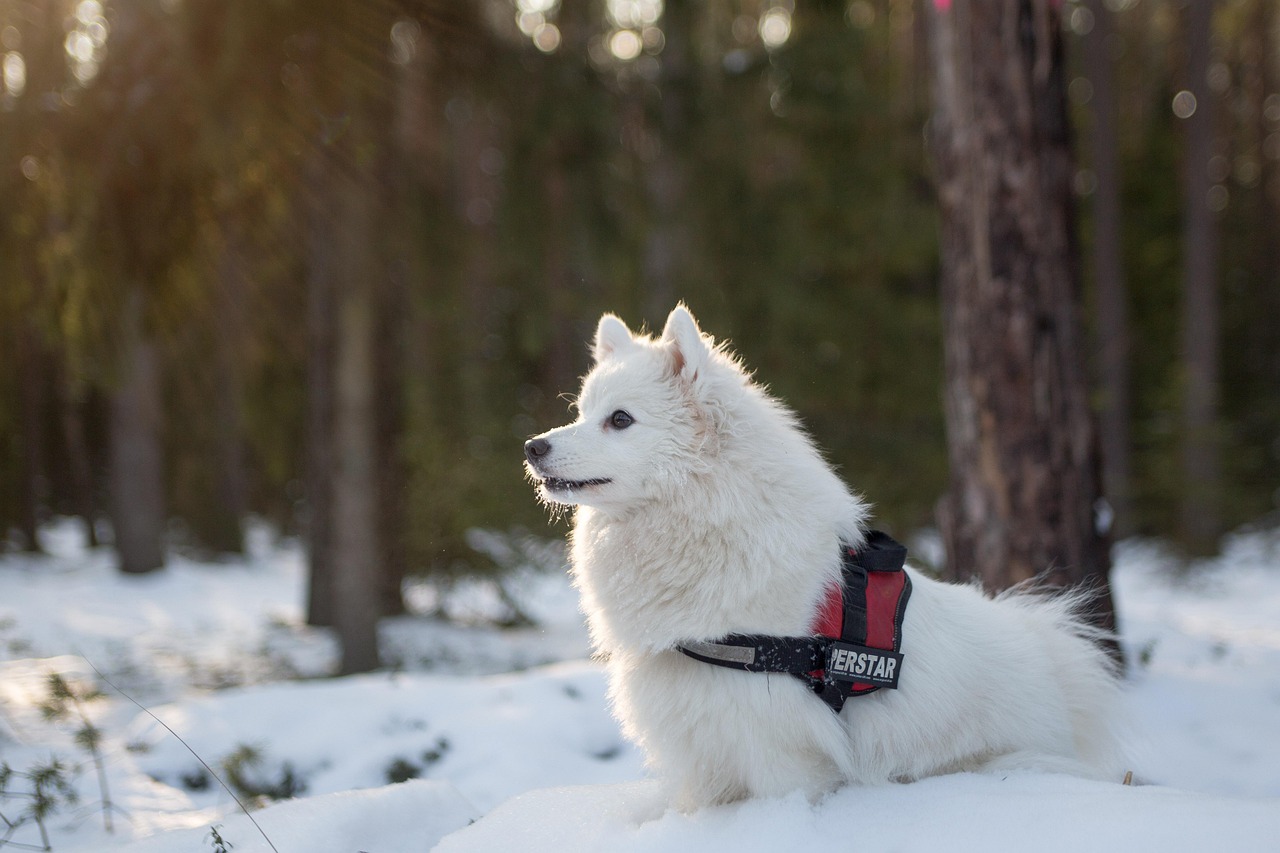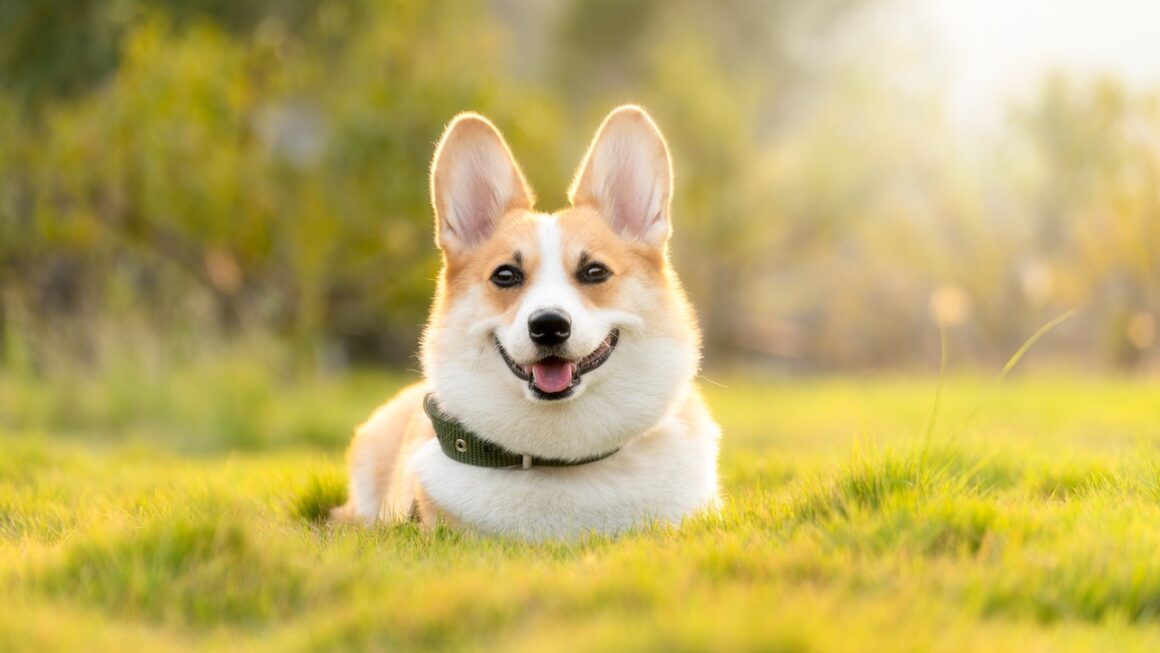The wagging tails, the excited barks, the purrs of contentment – our pets bring immeasurable joy to our lives. But just like us, their physical and mental well-being hinges significantly on regular exercise. Far beyond simply burning off excess energy, pet exercise is a cornerstone of a happy, healthy, and long life for our furry, scaled, or feathered companions. In this comprehensive guide, we’ll delve into the multifaceted benefits of pet exercise, explore different types of activities suitable for various species, and provide practical tips to ensure your pet gets the exercise they need to thrive.
The Importance of Pet Exercise
Physical Health Benefits
Regular exercise is paramount for your pet’s physical health, much like it is for humans. It helps maintain a healthy weight, strengthens muscles and bones, and improves cardiovascular function.
- Weight Management: Obesity is a growing problem among pets, leading to various health complications. Exercise helps burn calories and prevent excess weight gain. For example, a daily walk for a dog can significantly reduce their risk of obesity-related diseases like diabetes and arthritis.
- Stronger Muscles and Bones: Exercise strengthens the musculoskeletal system, reducing the risk of injuries and age-related mobility issues. Activities like fetch for dogs or climbing opportunities for cats contribute to overall physical strength.
- Improved Cardiovascular Health: Regular physical activity improves heart health, reducing the risk of heart disease. Even short bursts of activity, like chasing a toy, can benefit your pet’s cardiovascular system. Studies show that dogs who receive regular exercise have a lower risk of developing heart problems.
Mental and Behavioral Benefits
Beyond physical well-being, exercise plays a crucial role in your pet’s mental and behavioral health.
- Reduced Boredom and Anxiety: Exercise provides mental stimulation and helps prevent boredom, which can lead to destructive behaviors and anxiety. A bored dog might chew on furniture, while a bored cat might over-groom.
- Stress Relief: Physical activity releases endorphins, which have mood-boosting effects. Exercise can help alleviate stress and anxiety in pets, making them calmer and more relaxed. Think of a dog after a good run in the park – usually much more relaxed!
- Improved Socialization: Exercise often provides opportunities for socialization with other animals and people, which is essential for a well-adjusted pet. Dog parks and group walks are great examples. Socialization helps pets develop appropriate social skills and reduces the likelihood of aggression or fear-based behaviors.
Types of Exercise for Different Pets
Dogs
Dogs are naturally active animals and require regular exercise to stay healthy and happy.
- Walking and Running: Daily walks are essential for most dogs. The length and intensity of the walk should be tailored to the dog’s breed, age, and health condition. A young, energetic breed like a Border Collie will need more vigorous activity than an older, less active breed like a Bulldog.
- Fetch and Agility: Games like fetch and agility training provide both physical and mental stimulation. Agility courses can be set up in your backyard or at a local dog park. These activities encourage coordination and problem-solving skills.
- Swimming: Swimming is a great low-impact exercise option, especially for dogs with joint problems. Many dog-friendly beaches and pools offer swimming opportunities. Be sure to supervise your dog closely and ensure they are comfortable in the water.
Cats
While cats are often perceived as less active than dogs, they still require regular exercise.
- Playtime with Toys: Interactive toys like laser pointers, feather wands, and puzzle feeders can encourage cats to be more active. Aim for several short play sessions throughout the day.
- Climbing Structures: Cats love to climb, so providing a cat tree or other climbing structures can help them exercise their muscles and satisfy their natural instincts. Cat trees also offer a vantage point, which can make cats feel more secure.
- Outdoor Adventures (with precautions): Some cats can be trained to walk on a leash and harness, allowing them to explore the outdoors safely. Alternatively, a catio (an enclosed outdoor space for cats) can provide access to fresh air and sunshine without the risk of escape.
Small Animals (Rabbits, Guinea Pigs, Hamsters)
Small animals also benefit from regular exercise.
- Rabbits: Rabbits need several hours of supervised playtime outside their cage each day. Provide them with toys like tunnels, cardboard boxes, and balls to keep them entertained.
- Guinea Pigs: Guinea pigs also need daily playtime outside their cage. Provide them with tunnels, ramps, and chew toys to encourage activity.
- Hamsters: Hamsters need access to a running wheel and plenty of toys to keep them active. Consider providing a hamster ball for supervised playtime outside the cage. Ensure the hamster ball is used on a safe, flat surface.
Creating an Exercise Routine
Assessing Your Pet’s Needs
Before starting an exercise routine, it’s essential to assess your pet’s individual needs.
- Breed and Age: Different breeds have different energy levels and exercise requirements. Puppies and kittens need less intense exercise than adult animals, while senior pets may require modified activities to accommodate their physical limitations.
- Health Condition: If your pet has any health conditions, such as arthritis or heart disease, consult with your veterinarian before starting an exercise routine. They can provide guidance on appropriate activities and intensity levels.
- Personality: Some pets are naturally more active than others. Consider your pet’s personality and preferences when choosing activities. A shy or fearful pet may benefit from quieter, more controlled exercise environments.
Setting Realistic Goals
Start slowly and gradually increase the duration and intensity of exercise.
- Start Slow: Begin with short, gentle activities and gradually increase the duration and intensity as your pet’s fitness improves.
- Be Consistent: Aim for daily exercise, even if it’s just for a short period. Consistency is key to building and maintaining fitness.
- Monitor Your Pet: Pay attention to your pet’s body language and stop if they seem tired, in pain, or distressed.
Making Exercise Fun
Exercise should be enjoyable for both you and your pet.
- Variety is Key: Mix up the activities to keep things interesting and prevent boredom.
- Positive Reinforcement: Use positive reinforcement, such as treats, praise, and toys, to encourage your pet to exercise.
- Bonding Time: Exercise can be a great way to bond with your pet. Make it a fun and interactive experience.
Safety Considerations
Weather Conditions
Pay attention to the weather conditions and avoid exercising your pet during extreme heat or cold.
- Heat: Hot weather can be dangerous for pets, especially dogs. Avoid exercising during the hottest part of the day and provide plenty of water. Watch for signs of heatstroke, such as excessive panting, drooling, and weakness.
- Cold: Cold weather can also be dangerous for pets, especially small or short-haired breeds. Limit exposure to cold temperatures and consider using a coat or sweater to keep them warm. Protect their paws from ice and snow with booties or paw wax.
Safe Environments
Choose safe environments for exercising your pet.
- Traffic: Avoid exercising your pet near busy roads or in areas with heavy traffic.
- Hazards: Be aware of potential hazards such as broken glass, sharp objects, and poisonous plants.
- Other Animals: Keep your pet on a leash in areas where there may be other animals, especially if your pet is not well-socialized.
Hydration and Nutrition
Ensure your pet has access to fresh water and a balanced diet.
- Water: Always provide fresh water before, during, and after exercise.
- Nutrition: Feed your pet a high-quality diet that meets their nutritional needs. Active pets may require more calories than sedentary pets.
- Treats: Use treats sparingly and choose healthy options.
Conclusion
Prioritizing pet exercise is an investment in your companion’s overall health, happiness, and longevity. By understanding the diverse benefits, tailoring activities to their specific needs, and prioritizing safety, you can create an exercise routine that strengthens your bond and ensures a vibrant, fulfilling life for your beloved pet. Remember to start slowly, stay consistent, and most importantly, make it fun for both of you! Consulting with your veterinarian for personalized advice is always a good idea to ensure the chosen exercise regime suits your pet’s specific health condition and needs.




